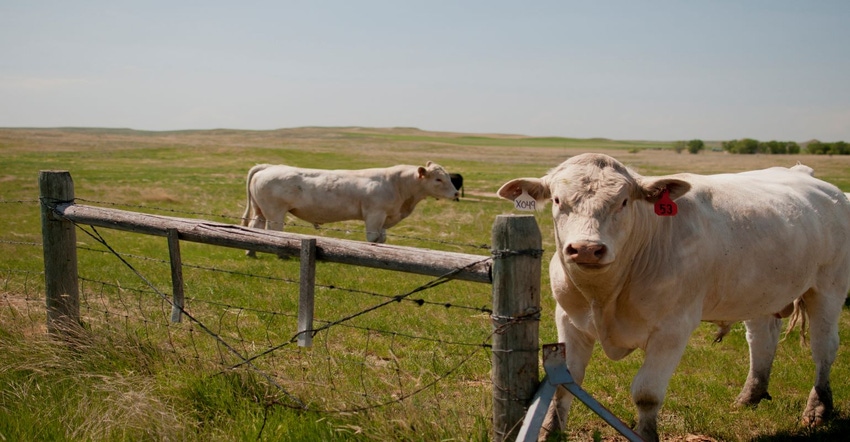What's the rule of thumb when it comes to bulls vs. females?
February 15, 2022

Breeding season is approaching and bull turnout is only six weeks away for herds that plan to start calving next January. We are fortunate in Oklahoma to have a large number of outstanding registered seedstock breeders who are, and will be, marketing bulls in volume in our state. The opportunity to invest in genetics to improve the profit potential of your operation leads to several questions and requires planning.
The first goal of breeding season is to get cows bred early in breeding season resulting in more calves born earlier in calving season, shorter breeding/calving seasons, older calves at weaning and ultimately, more pay weight at weaning due to calf age. The typical beef calf gains about 2 lbs./day up until weaning, accordingly a calf born one heat cycle (21 days) earlier will wean off about 40 lbs. heavier. How do we get this accomplished? By having an adequate amount of bulls to get cows serviced. The following shows a conservative expectation of the number of cows we should expect bulls to cover in a defined breeding season.
12 - 15 month old bulls = 10 – 12 females
15 - 18 month old bulls = 12 – 18 females
18 - 24 month old females = 18 – 25 females
24 mo. & older = 25 – 35 females
2 – 6 year old bulls = 25 – 35 females
Rule of Thumb: One female per month of age at turnout (after passing yearling Breeding Soundness Exam)
For example: If I have 60 heifers to breed and plan to turn out 15 month old bulls, I will need four bulls.
What is the typical life expectancy of a breeding bull? Typically up to the age of 6 is “prime of life” for breeding bulls. This isn’t to say that all bulls will break down at this age, but is more likely to happen after age six. Often when an older bull goes bad, it isn’t discovered until after breeding season when we are doing pregnancy checks.
Social Behavior of Bulls
When you invest in bulls this spring, it is a good idea to pen bulls of similar ages and size together for several weeks prior to start of breeding season to allow for social ranking of bulls. This time together allows bulls to establish a “pecking order” so they will be ready to focus on their job at turnout.
Source: Oklahoma State University, which is solely responsible for the information provided and is wholly owned by the source. Informa Business Media and all its subsidiaries are not responsible for any of the content contained in this information asset.
You May Also Like



